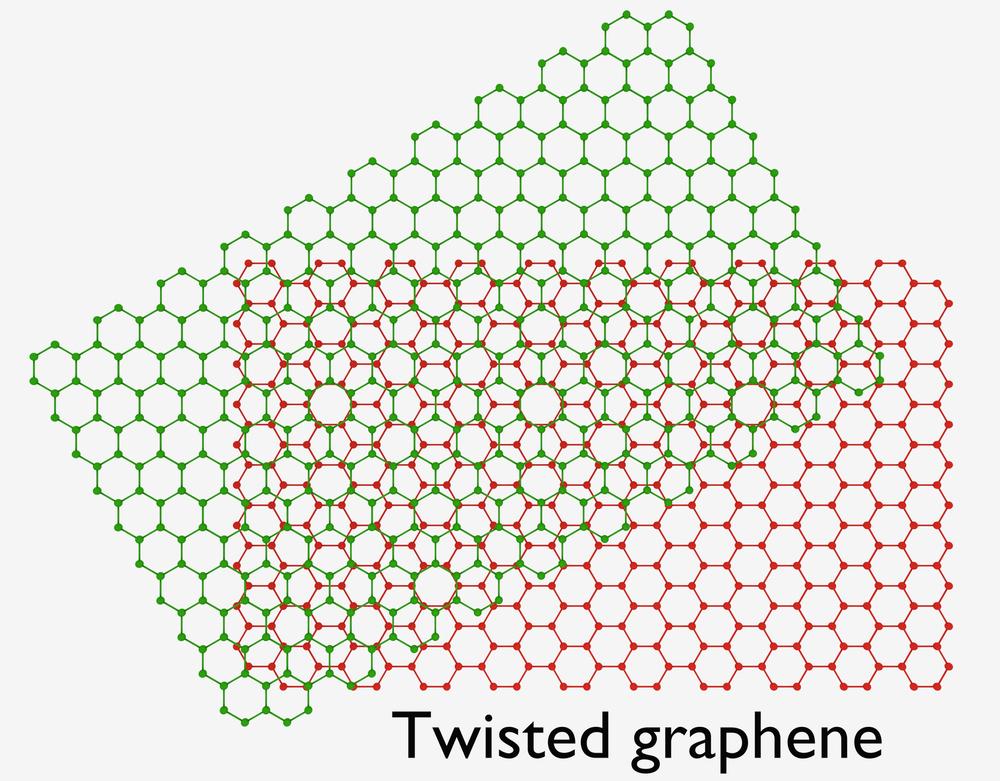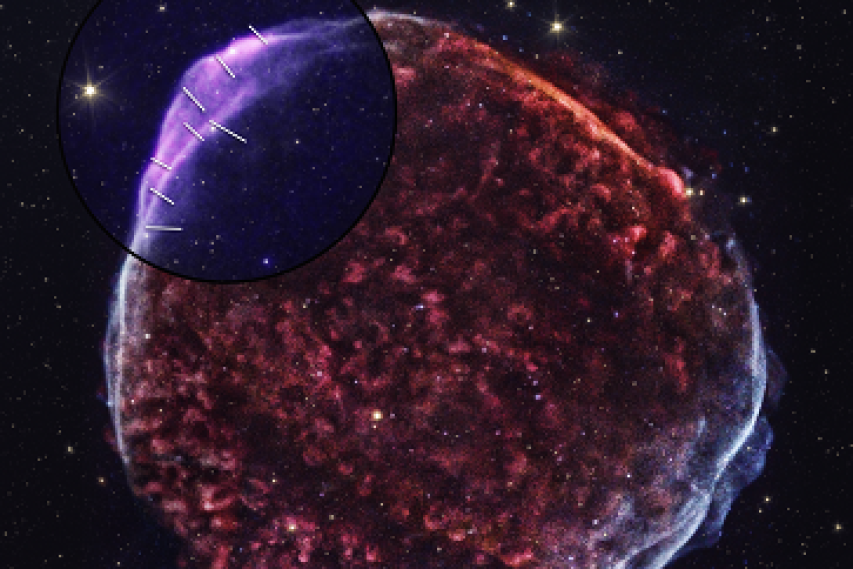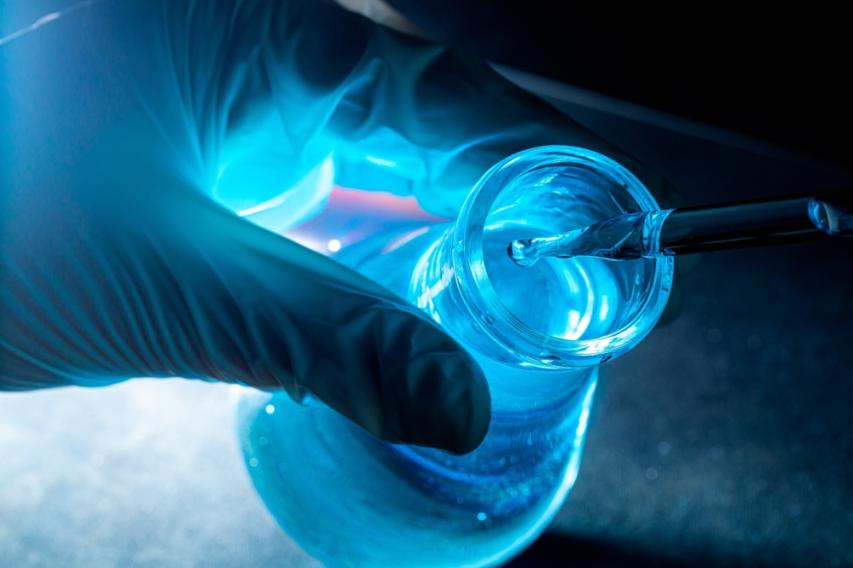Unlock Controllable Nonlinear Hall Effect in Twisted Bilayer Graphene
A team of international researchers led by The University of Hong Kong (HKU) and The University of Science and Technology (HKUST) has made a significant discovery in the field of quantum materials, uncovering the controllable nonlinear Hall effect in twisted bilayer graphene. The findings, published as an Editors' Suggestion article in the prestigious physics journal Physical Review Letters, shed new light on the unique properties of two-dimensional quantum moiré materials and hold promise for a wide range of applications in industries such as new materials and quantum information to achieve terahertz detection with ultra-high sensitivity at room temperature.
The team, composed of PhD student Xu ZHANG and his advisor Dr Zi Yang MENG from the Department of Physics at HKU; Professor Ning WANG from the Department of Physics at HKUST and his postdoctoral researchers Meizhen HUANG and Zefei WU (currently an Associate Researcher at the University of Manchester); as well as Professor Kai SUN from The University of Michigan, conducted in-depth research using a combination of theory, computation, and experiments. They discovered that by adjusting the dispersion of the topological flat bands in twisted bilayer graphene, the Berry curvature dipole moments, which play a crucial role in the Hall effect (details can be found in the Supplementary Note), can be easily controlled and manipulated.
Using a vertically applied electric field, the researchers found the dispersion of the flat bands in twisted graphene can be easily tuned and observed a clear nonlinear voltage response in the longitudinal direction when a transverse driving current was applied. The response varied significantly with the adjustment of the applied field, strain and twist angles, exhibiting increases, decreases, and changes in direction. These experimental observations confirmed the sensitivity of the nonlinear transport behaviour to the sliding of the Berry curvature hotspots in the topological flat bands, perfectly explained by their theoretical calculations (details can be found in the Supplementary Note).
The researchers also investigated the role of the moiré potentialand twist angle in the controllable nonlinear Hall effect of twisted bilayer graphene. They found that the strength of the moiré potential played a crucial role in determining the magnitude of the observed nonlinear response. By varying the twist angle between the layers of graphene, the researchers were able to manipulate the moiré potential and consequently control the nonlinear transport behaviour.
The controllable nonlinear Hall effect demonstrated in twisted bilayer graphene holds great potential for the realisation of quantum Hall materials and nonlinear Hall effects in new experimental platforms. Unlike traditional electronic devices, the nonlinear Hall effect in graphene, driven by low-frequency currents, does not have voltage threshold or transition time limitations. This opens up possibilities for applications in frequency multiplication and rectification using low-frequency currents, especially in the terahertz frequency range with significant response and ultra-high sensitivity at room temperature (details can be found in the Supplementary Note).
This discovery of the controllable nonlinear Hall effect in twisted bilayer graphene represents a significant advancement in the field of quantum materials. It paves the way for further exploration and applications in condensed matter physics, new materials, and quantum information. This collaborative research between top institutions also underscores the importance of interdisciplinary cooperation in pushing the boundaries of scientific knowledge.
This research was supported by the Area of Excellence Scheme (AoE 2D materials) and the Collaborative Research Fund (CRF many-body paradigm in quantum moiré material research) of the Hong Kong Research Grants Council, highlighting the forward-looking perspective and support of the Hong Kong government in the research of two-dimensional quantum materials, especially quantum moiré materials such as twisted graphene. The large-scale numerical calculations conducted in this study were performed on the High-Performance Computing Platform HPC2021 at the Information Technology Services, HKU, and the ‘Blackbody’ supercomputer at the Department of Physics at HKU.
Click here to view the research paper.
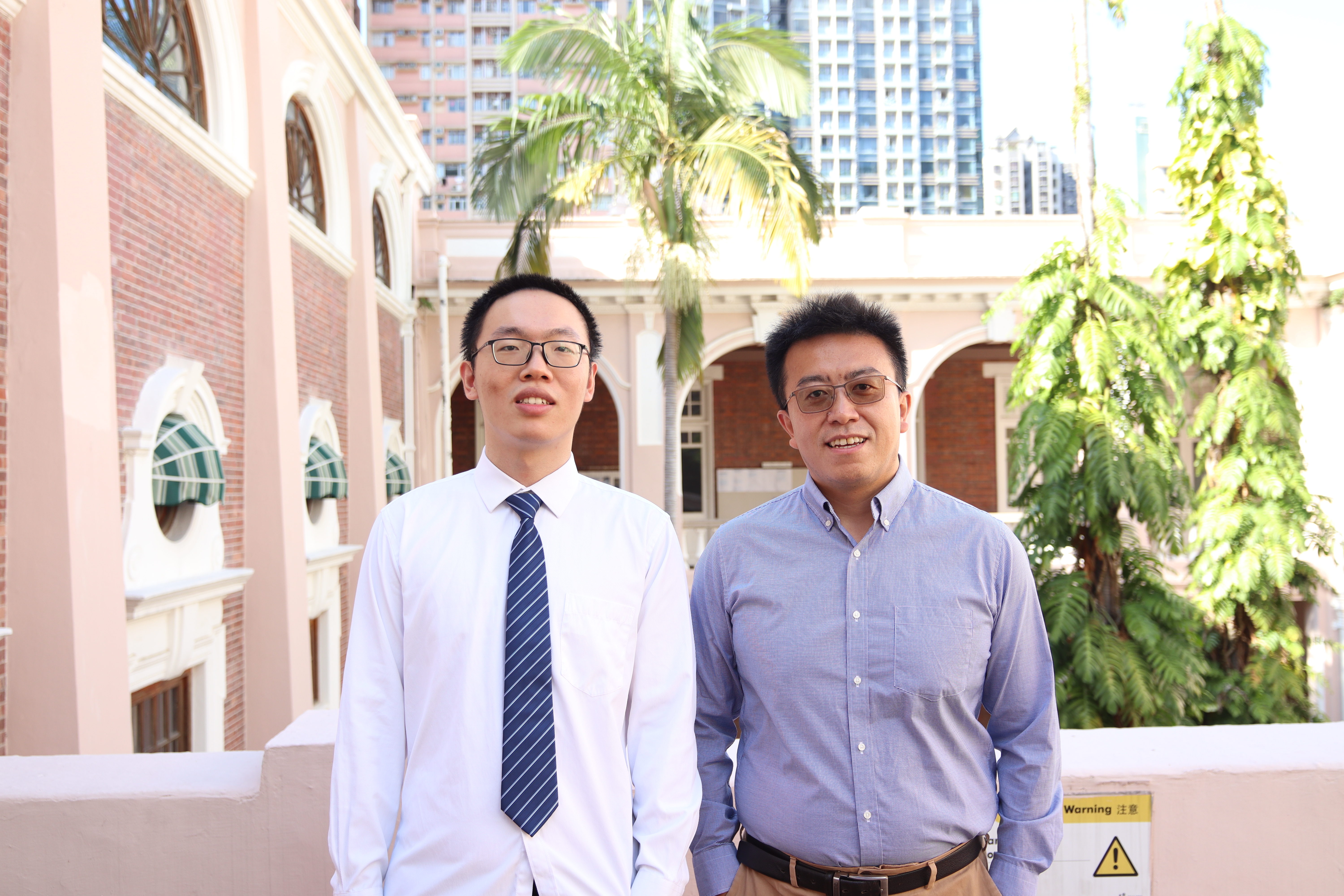
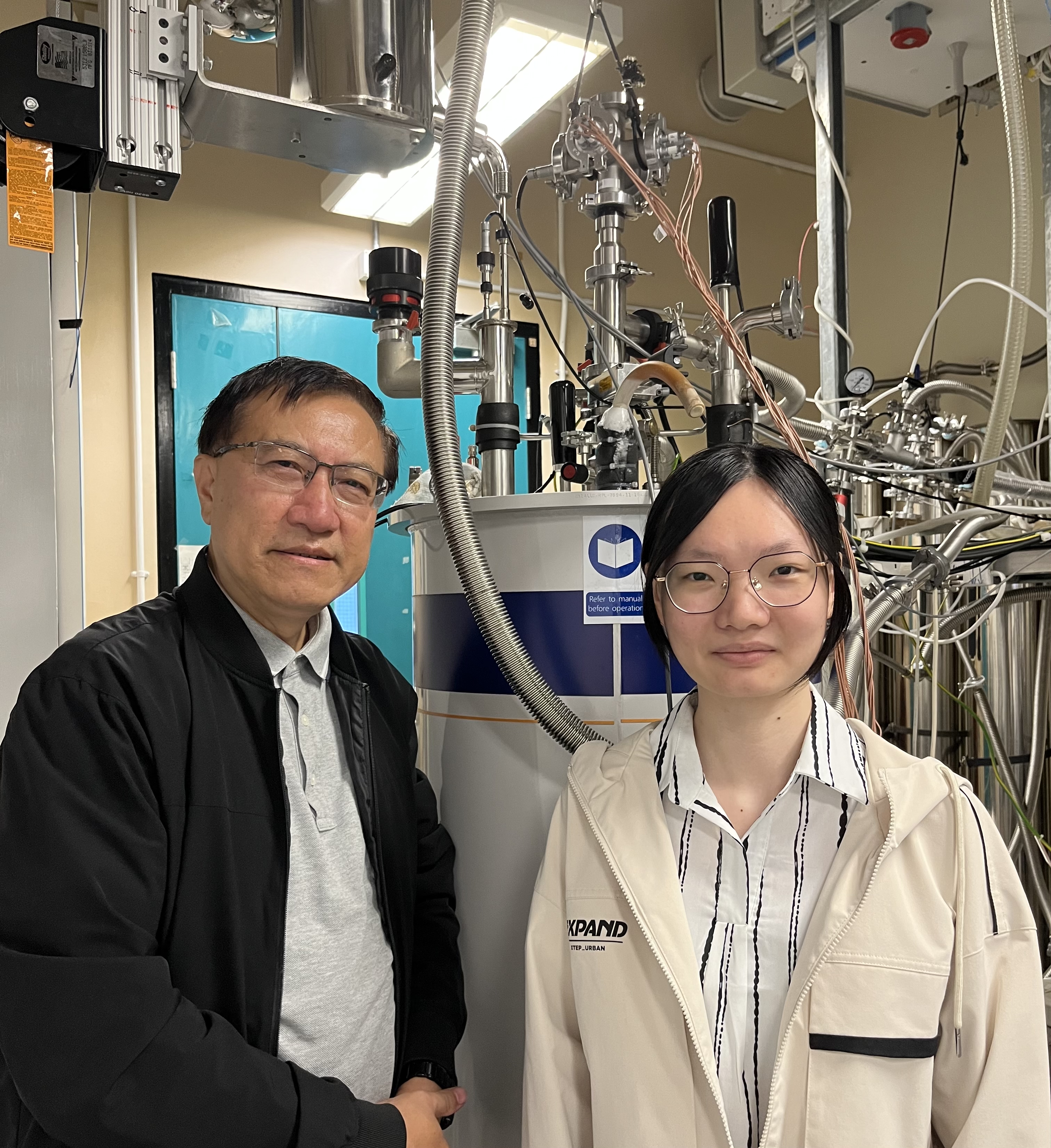
Supplementary Note
1. Quantum Hall Effect and Berry Curvature
The Quantum Hall effect (QHE) is the quantum mechanical version of the Hall effect. It can be generally divided into the integer quantum Hall effect (IQHE) and the fractional quantum Hall effect (FQHE). The integer quantum Hall effect was discovered by German physicist von Klitzing, who was awarded the Nobel Prize in Physics in 1985 for this discovery. The fractional quantum Hall effect was discovered by Chinese-American physicist Tsui, German physicist Störm, and American physicist Gossard. Based on this, Tsui and Störm shared the Nobel Prize in Physics with American physicist Robert Laughlin in 1998.
The phenomenon described by the integer quantum Hall effect is that when a two-dimensional electron gas is subjected to a transverse electric current, the longitudinal conductivity measured exhibits plateaus at multiples of the fundamental natural constant e2h . The integers appearing in the integer quantum Hall effect are topological quantum numbers. In mathematics and topology, they are known as Chern numbers (in honour of Chinese mathematician Shiing-Shen Chern), and they are intimately related to nontrivial Berry curvature in the band structure of solid materials. The quantum Hall effect and its derived phenomena, such as the quantum anomalous Hall effect, quantum spin Hall effect, and the recently discovered nonlinear Hall effect in twisted bilayer graphene, all exhibit novel and widely applicable electrical transport properties and the mathematical essence of nontrivial Berry curvatures.
2. Hall Effects in Twisted Bilayer Graphene
Twisted bilayer graphene, as a representative of two-dimensional quantum moiré materials, offers the prominent advantage of easy controllability. By continuously scanning the twist angle, and applying electric and magnetic fields, one can finely tune the strength of interactions and electron filling in the system. This surpasses the limitations of traditional quantum Hall effect devices, such as two-dimensional electron gas materials. However, twisted bilayer graphene has a complex band structure (being a topological flat band system with long-range correlation effects), and factors like strain and inhomogeneities at the moiré scale, which are much larger than the lattice scale, need to be considered in model calculations. In this collaborative project, the theoretical team, via model design and large-scale computation, discovered that unlike typical topological materials, twisted graphene's unique topological flat bands allow for efficient control over the momentum-space distribution of Berry curvature. The experimental team indeed observed that, when a transverse driving current with a frequency of w was applied to the twisted graphene, a clear nonlinear voltage response in the longitudinal direction with a frequency of 2w .
The success of this research has a potential impact on industries such as new materials and quantum information, particularly in applications involving frequency multiplication and rectification with low-frequency currents. One can foresee that by controlling the Berry curvature dipole moments in twisted graphene, the terahertz detection with significant response and ultra-high sensitivity at room temperature now becomes possible.

